Although many of us may have not seen a bear in the wild, most have grown up with a little stuffed teddy bear.
Bears are known for their immense strength and adaptability. They inhabit a wide range of environments worldwide. They belong to the family Ursidae and are characterized by their large bodies, shaggy hair, and long snouts. Despite their often fearsome reputation, bears are crucial in their ecosystems as apex predators, scavengers, and seed dispersers.
The Ursidae family includes eight species spread across the Americas, Europe, Asia, and the Arctic. Bears are solitary; however, they have interesting social structures and ways of communication, often through scent.
Bears are essential in their ecosystem, but human impacts threaten them. However, through education, research, and conservation, bears can continue to thrive in the wild for centuries.
Bear Overview
When you think of the Arctic Circle, which bear do you picture?
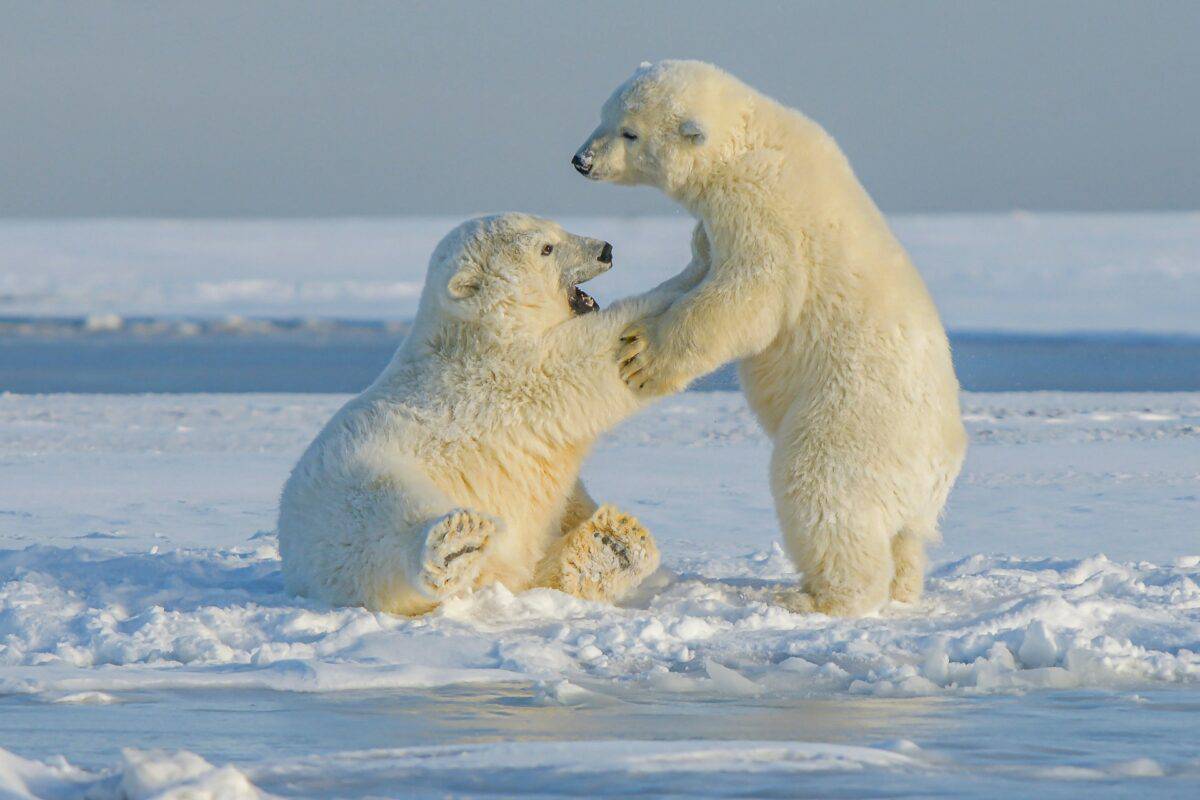
Eight Species of Bears
There are eight species of bears in the Northern Hemisphere and no wild populations in the Southern Hemisphere.
Here is a list of each bear species and their characteristics, habitat, and diet.
#1 American Black Bear (Ursus americanus)
- Characteristics: Despite its name, black bears have a variety of color phases, from black to brown, cinnamon, and even white in some sporadic cases (called the Kermode bear).
- Habitat: Their habitat extends from forests of North America, Canada, and even as south as northern Mexico.
- Diet: Omnivorous nuts, shoots, and occasionally fish and small mammals.
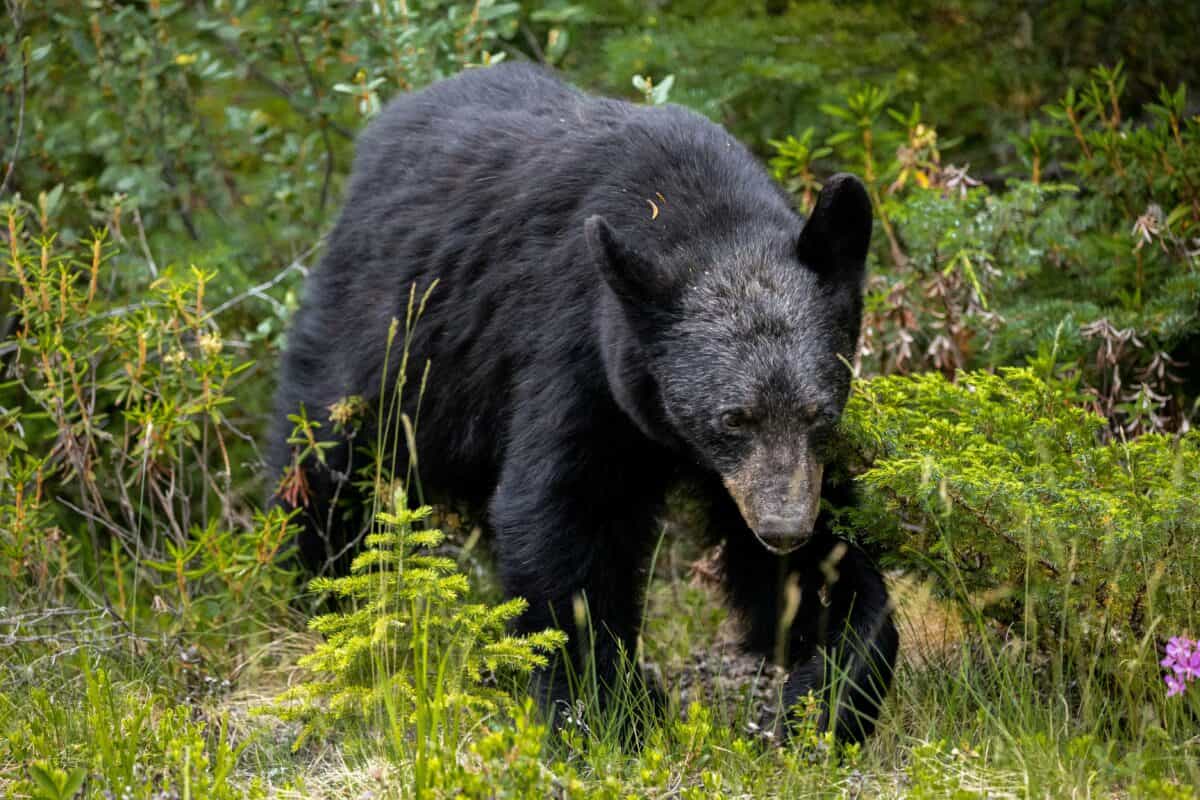
Image by Aaron Brewer via Pexels
#2 Brown Bear (Ursus arctos) – Also known as Grizzly bears
- Characteristic: The largest bear species. Often distinguished by the prominent hump on their shoulders.
- Habitat: Found in North America, Europe, and Asia.
- Diet: Also omnivorous, including plant material, fish (mostly salmon), small mammals, and carrion.
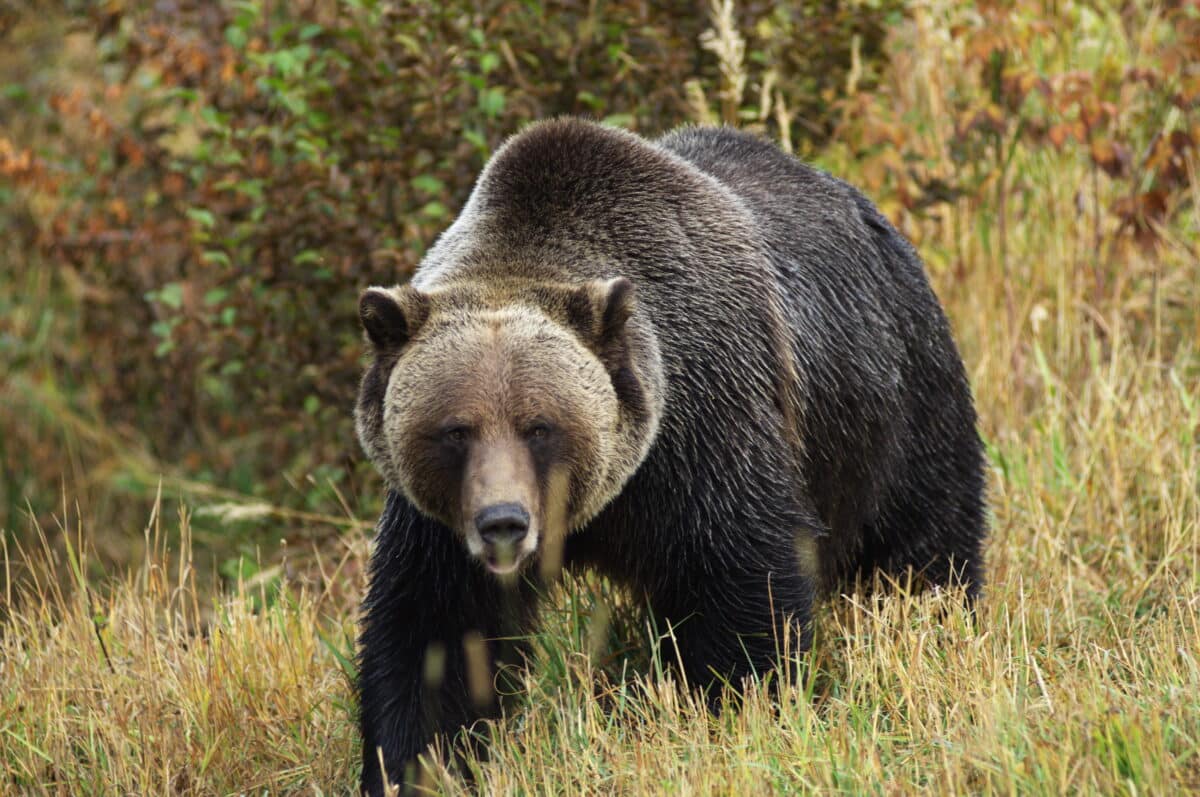
Image via Depositphotos
#3 Polar Bear (Ursus maritimus)
- Characteristics: Polar bears have White fur to camouflage in snow and ice. They are excellent swimmers and the largest land carnivores on earth.
- Habitat: Arctic regions, on sea ice.
- Diet: Carnivorous, feeding primarily on seals
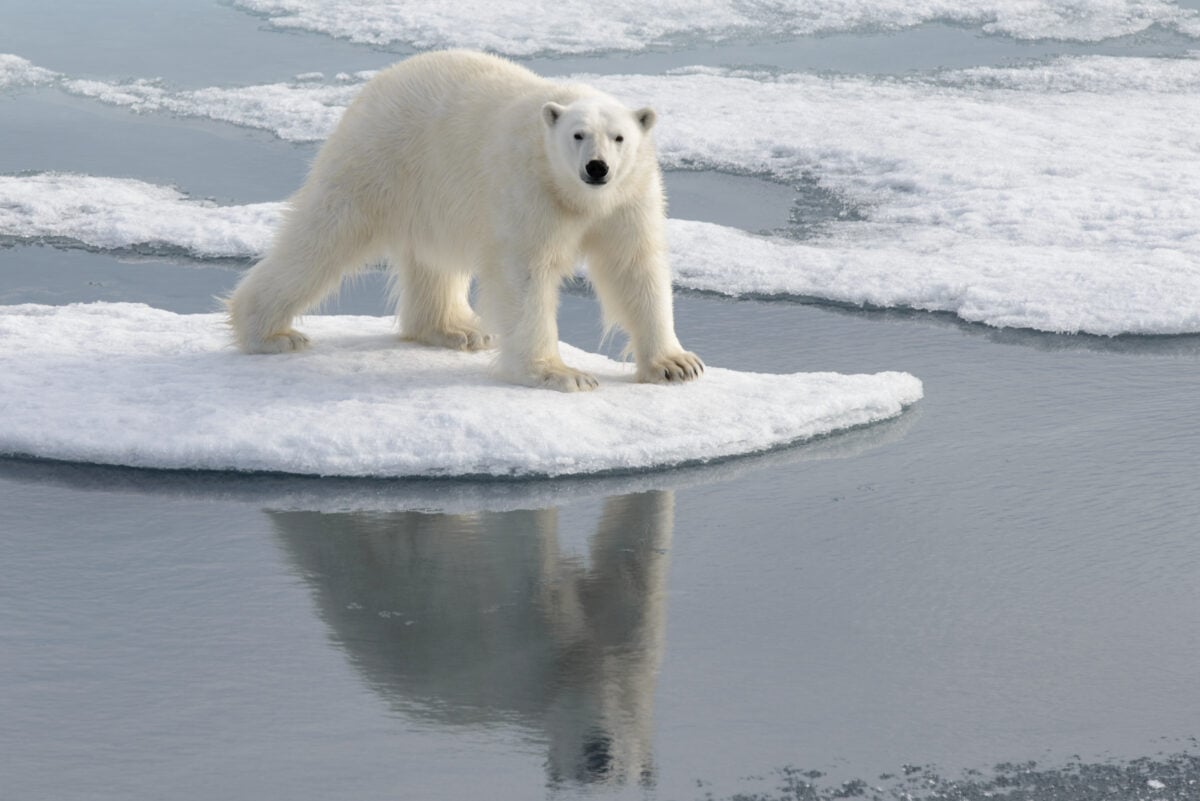
Image by Alexey_Seafarer via Depositphotos
#4 Asiatic Black Bear (Ursus thibetanus)
- Characteristics: White crescent marking on the chest, long fur, and large ears.
- Habitat: Forests of Asia, from Iran to Japan and Southeast Asia.
- Diet: Omnivorous: fruit, nuts, insects, small mammals.
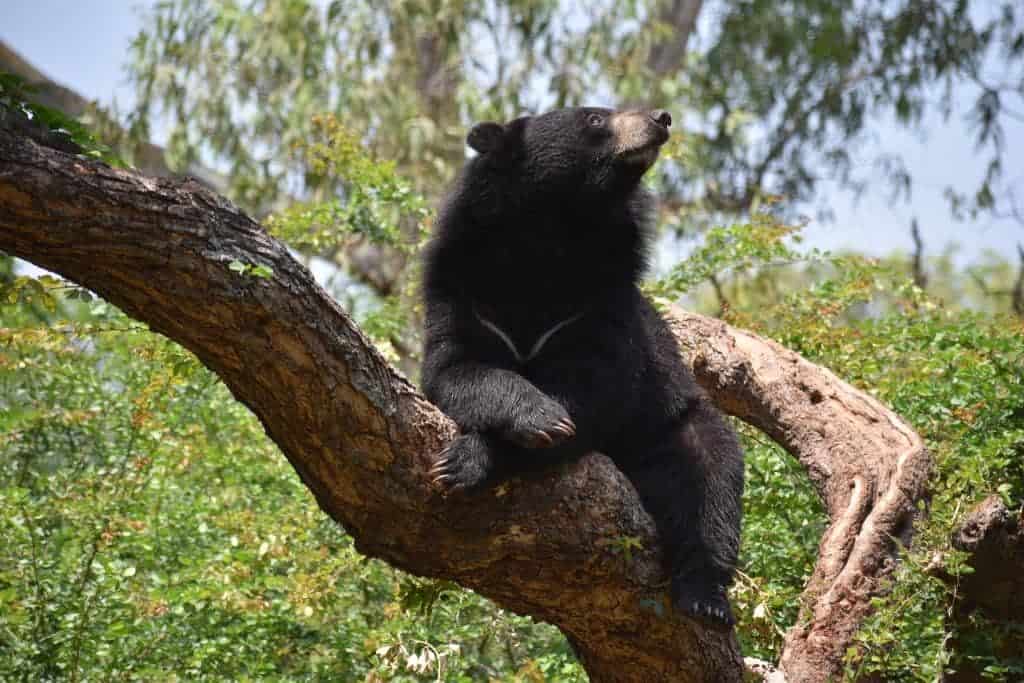
Shiv’s fotografia, CC BY-SA 4.0, via Wikimedia Commons
#5 Andean Bear (Tremarctos ornatus)
- Characteristics: Distinctive white and light brown markings on the face, the only bear native to South America.
- Habitat: Andes Mountains of South America.
- Diet: Herbivorous has been documented to feed on small animals.
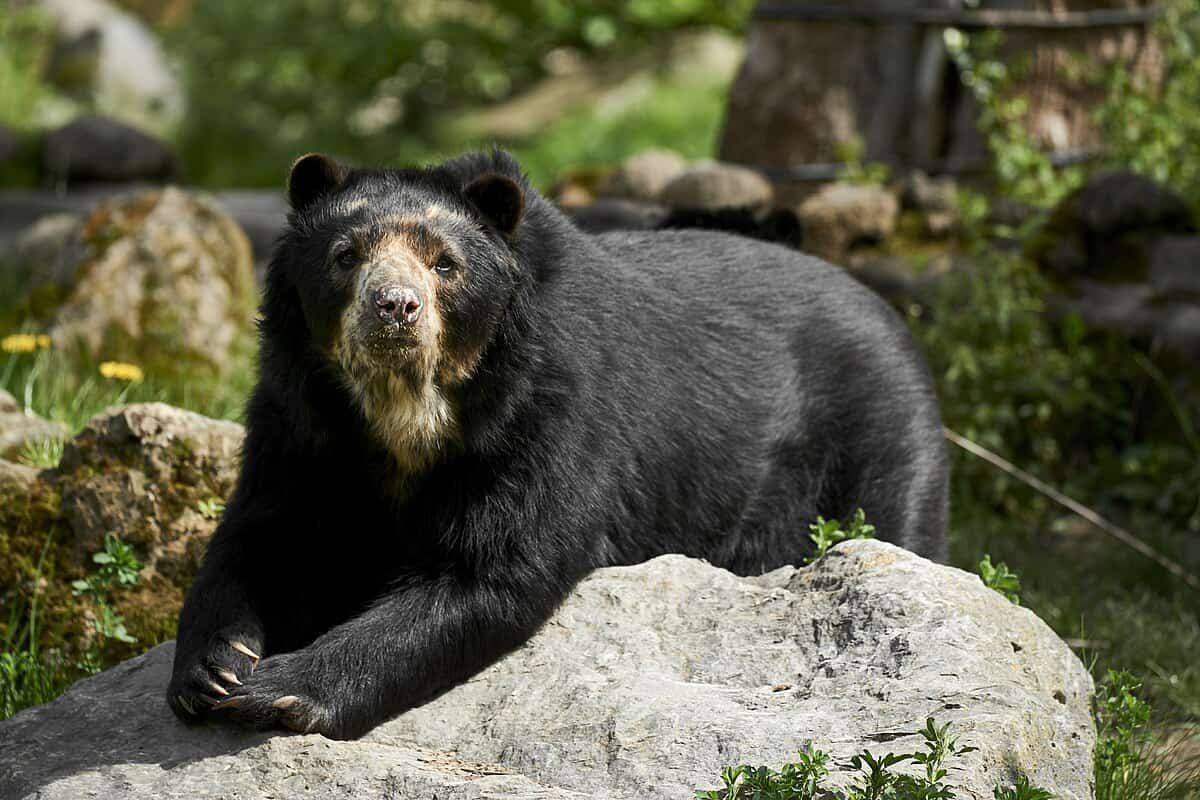
#6 Panda Bear (Ailuropoda melanoleuca)
- Characteristics: Black and white fur coat.
- Habitat: Mountain ranges in central China.
- Diet: Giant Panda has a highly specialized diet of bamboo. However, they also consume other plant materials and even meat.
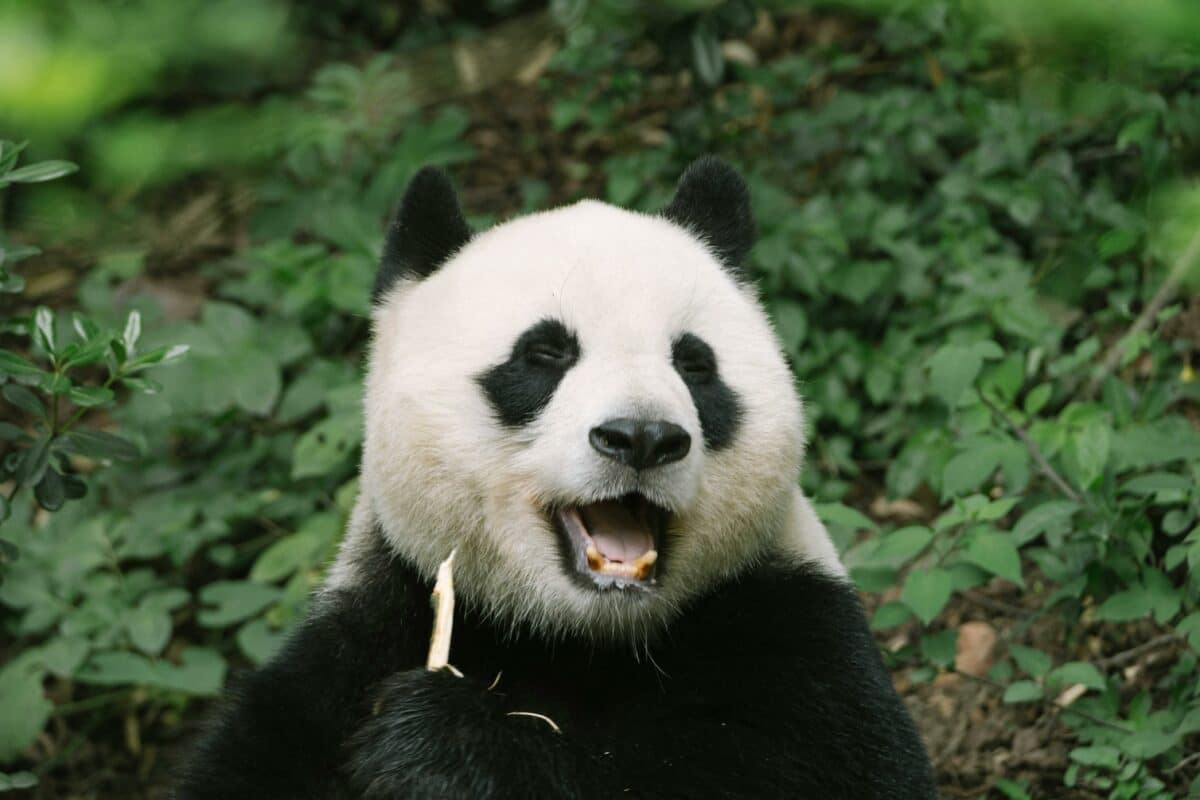
Image via Pexels
#7 Sloth Bear (Melursus ursinus)
- Characteristics: Long, shaggy fur. They are adapted to suck up insects. Their distinctive nose and lack of upper front teeth help them better consume their primary food source.
- Habitat: Forests of the Indian subcontinent.
- Diet: Primarily insects, but also fruits and flowers.
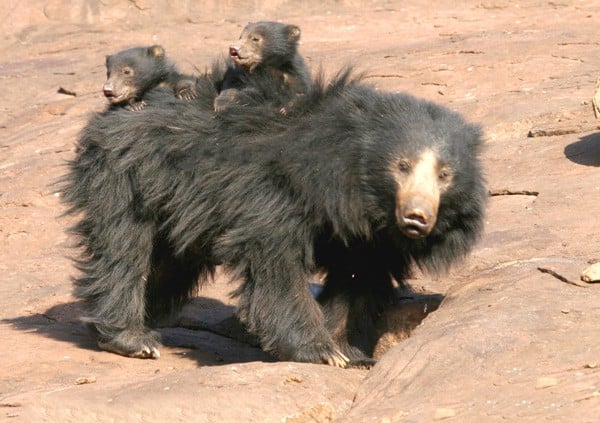
#8 Sun Bear (Helarctos malayanus)
- Characteristics: Smallest bear species. Short fur and a long tongue adapted to eat honey and insects.
- Habitat: Forests of Southeast Asia.
- Diet: Omnivorous. Mostly honey, insects, and fruit. Occasionally seen consuming small vertebrates.
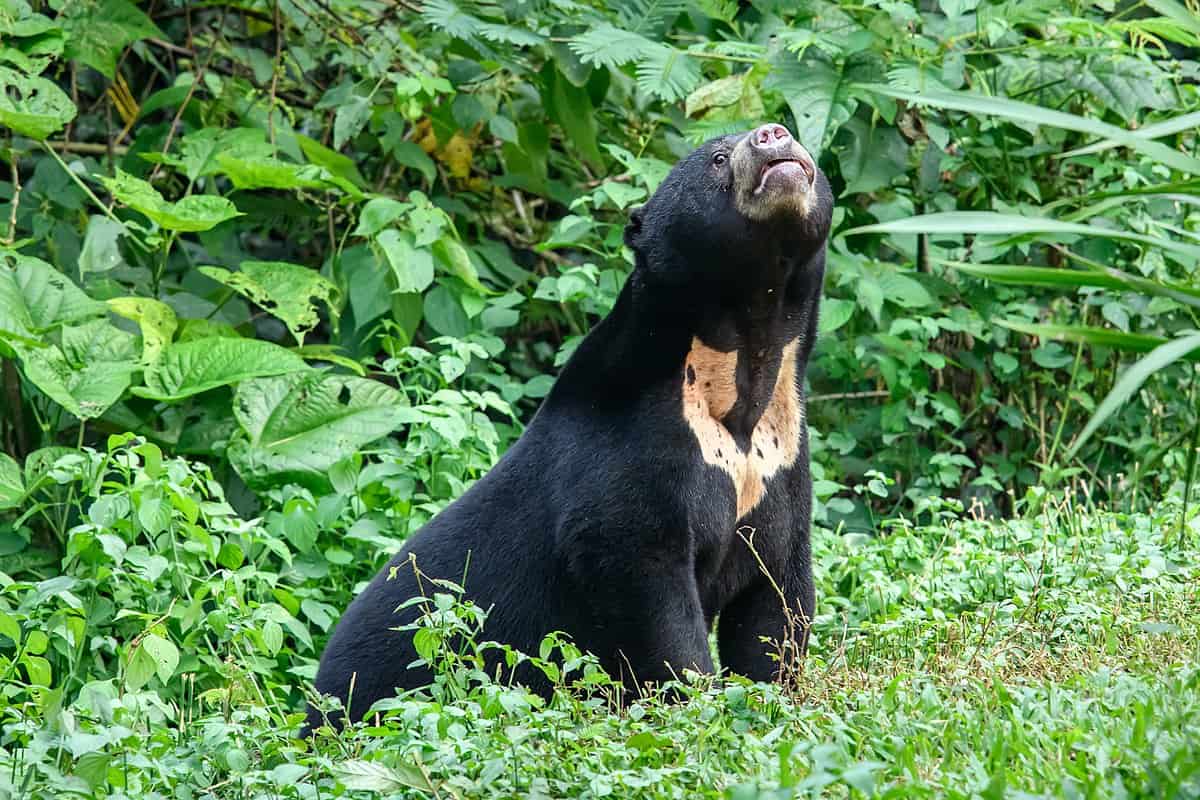
Learn More About Bears
-

Why Polar Bears Cover Their Black Noses While Hunting
-
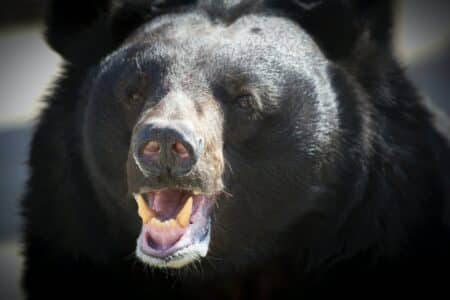
All About Bear Teeth
-

How Polar Bears Teach Their Cubs to Navigate Melting Ice
-

States With the Highest Chance of Seeing a Wild Bear
-

How Colorado’s Black Bears Are Adapting to Human Encroachment
-

12 Surprising Facts About Wild Koalas You Didn’t Know
-

The Most Gigantic Grizzly Bear Ever Caught on Camera in the US
-

11 Bear Species Ranked by Strength and Bite Force
-

Why You Should Never Feed a Bear—Even Once
-

14 Reasons Why Bears Are Afraid of Humans (Most of the Time)
-
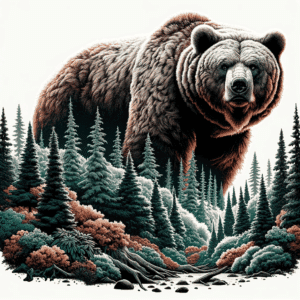
A Look at the Largest Bear Ever Recorded in the US
-

14 Myths About Bears That People Still Believe (But Should Not)
Did You Know? Bears Are Surprisingly Fast Runners
Bears are surprisingly fast runners, with the fastest bears (American Black Bear and Brown Bear) reaching up to 30 miles per hour (48 kilometers per hour). They reach high speeds when threatened or motivated by food.
The fastest human on earth, Usain Bolt, a professional sprinter, reached a speed of 44.99 kilometers per hour 67 meters into his race.
The fastest bear would beat the fastest human on earth, thus I believe trying to outrun a bear is a bad idea!
Are Bears A Danger to Humans?
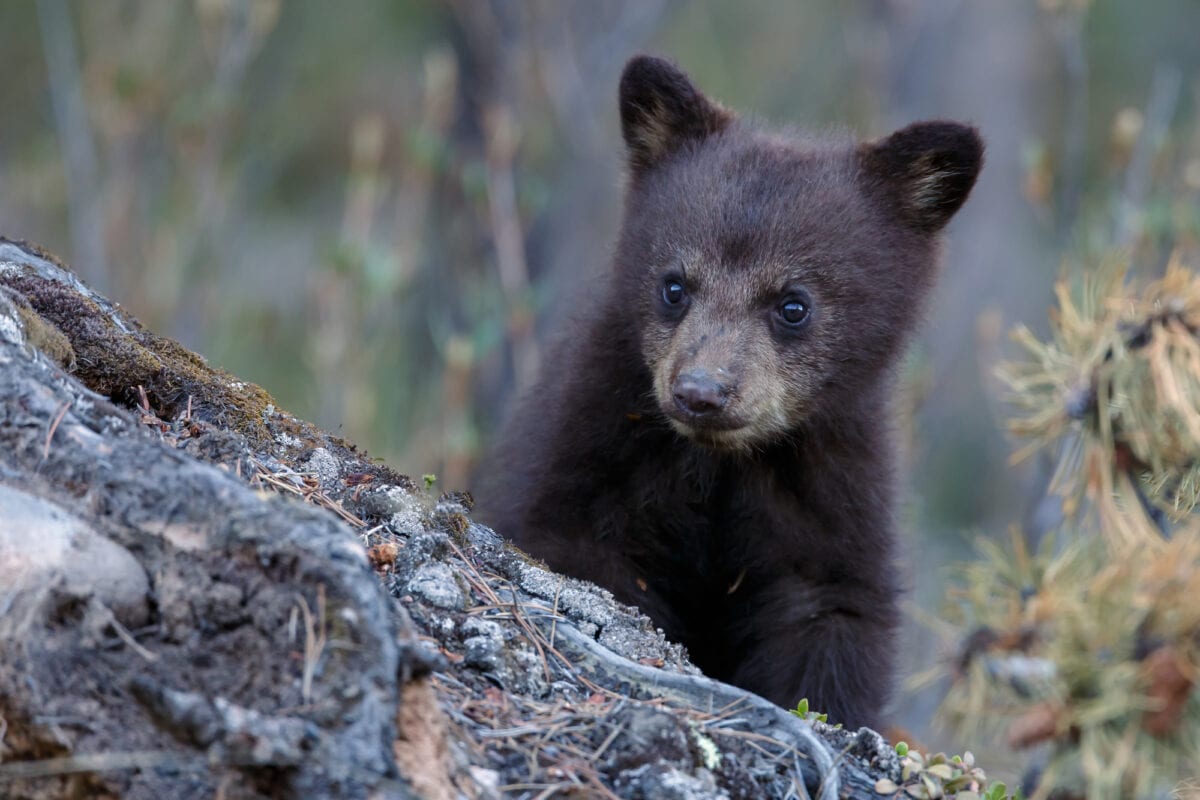
If you have seen the Leonardo DiCaprio movie, The Revenant, like I have, the thought of encountering a bear in the forest stirs up some fear. However, the risk of a bear attack is low compared to the daily risks people face!
The potential for danger exists with any encounter with a wild animal, and bears are no exception. Thus, if you are in an area where bears roam freely, preventive measures are necessary. These include:
- Storying food properly
- Keeping a safe distance
- Carrying bear spray
- Understanding bear behavior
Surviving Harsh Winters and Hibernation
Hibernation is a fascinating survival strategy that allows many creatures to survive cold, dark winters without foraging for food or migrating to warmer places.
During hibernation, animals experience a drop in body temperature, heart rate, and metabolic rate. Bears, however are still slightly alert and go into a “torpor,” which causes a decrease in metabolic rate. However, only a slight decrease in body temperature enables them to wake up more quickly if disturbed.
While not all bears hibernate, some hibernate for up to 7 months during harsh winters.
Which Bear Hibernate?
| Bears that hibernate | Bears that do not hibernate |
| American Black Bear | Polar Bear |
| Brown Bear | Giant Panda |
| Asiatic Black Bear | Sun Bear |
| European Brown Bear |
Interestingly, as shown in the table above, polar bears do not hibernate. However, female polar bears enter a denning period when birthing cubs, which is similar to hibernation, but is driven by reproductive needs rather than climate.
5 facts About Bears That Surprise Me
- Polar bears can swim for days: The longest documented continuous swim of a polar bear was recorded to be 60 hours, covering a distance of 220 miles (354 kilometers).
- Hibernating bears don’t drink, eat, urinate or defecate: As mentioned above, bears can hibernate for up to 7 months!
- Bears have excellent memories: Bears have been recorded to return to exact locations to find food, year after year.
- Bears use tools: Although it is commonly thought that only primates use tools, bears have been documented using tools as well! Specifically, some bears use rocks to scratch or exfoliate themselves.
- Black Bears are sometimes white: As mentioned above, a kermode bear, is a black bear that is white with a rare genetic sequence which create a white coat.
Bear Videos & Images
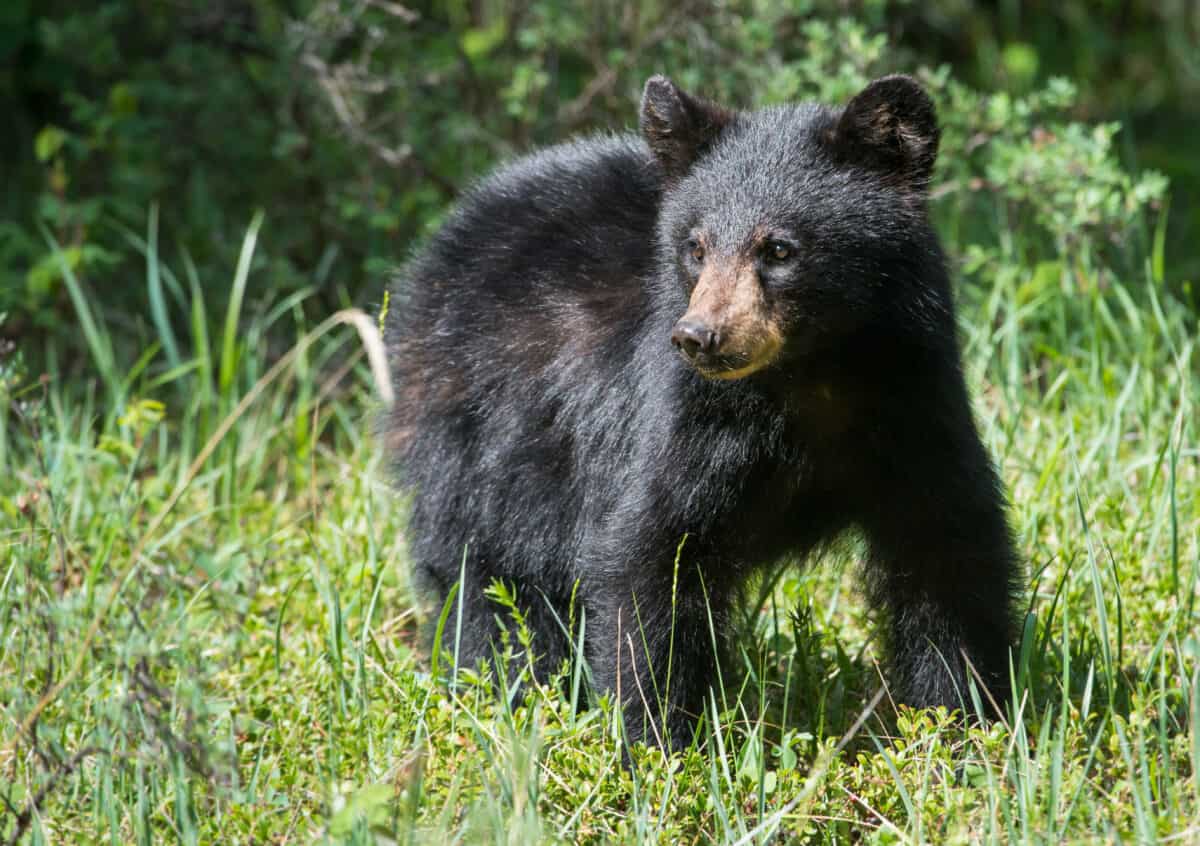
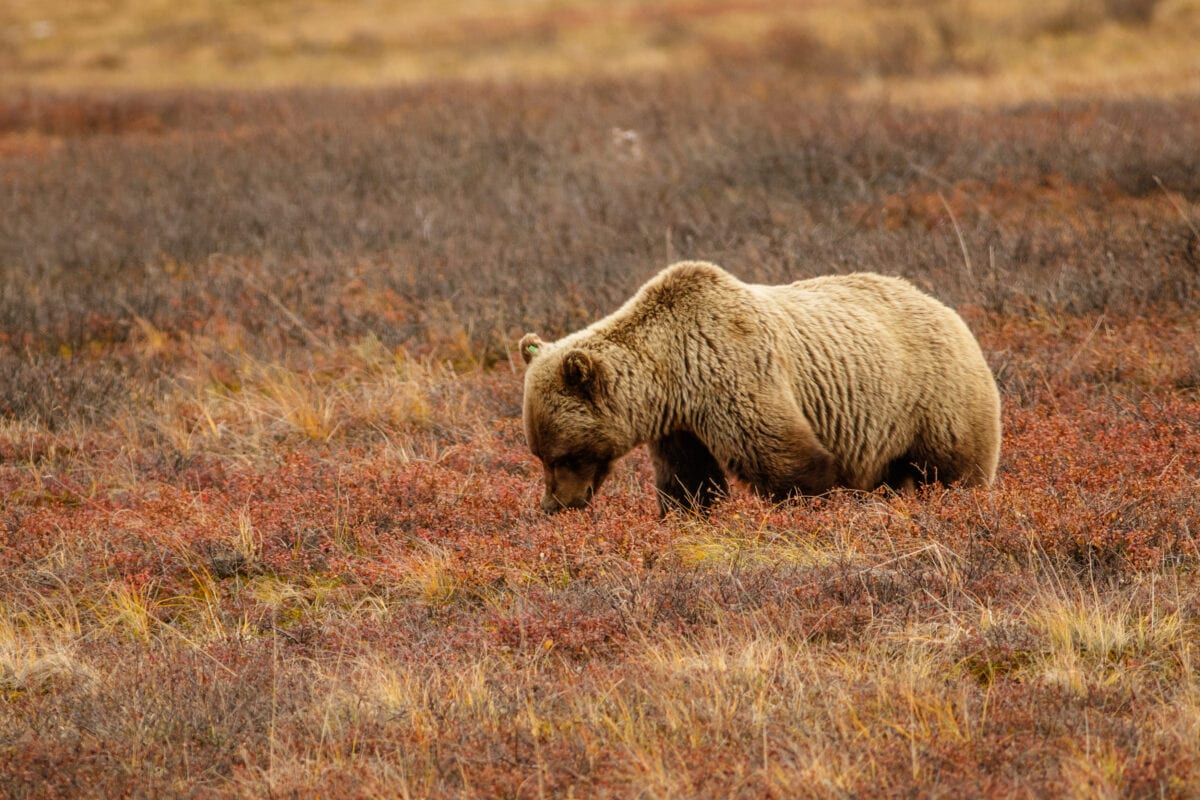
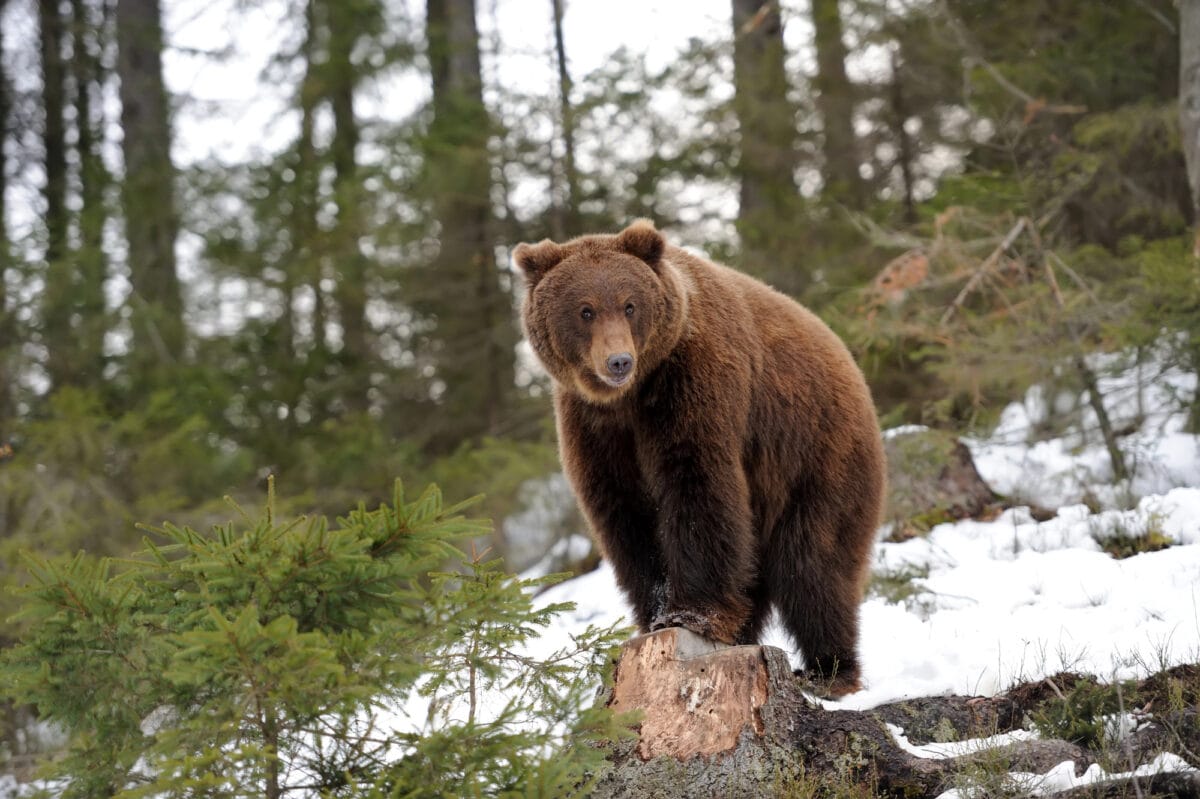

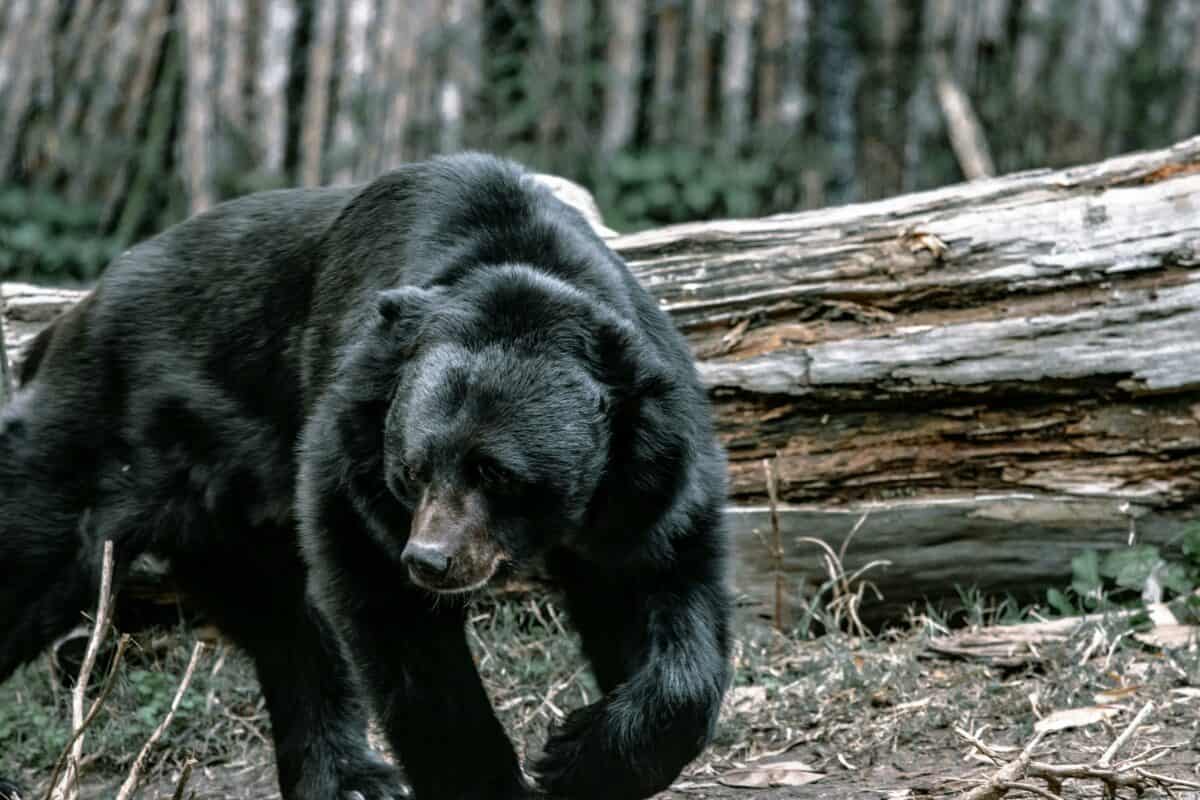
Bear News
-

Animals Reaching Out for Help and Kindness Caught on Film
-

Curious Black Bear Tastes Car
-

Giant Bear Gets a Giant Crown—and a Shiny New Smile
-

A Look at the Largest Bear Ever Recorded in the US
-

Bear Finally Freed After Years of Struggle With Lid Stuck on Head
-
The Top 20 Most Bear Infested Areas in the World
-

Black Bear Cub Plays with Red Balloon on Highway in Canada
-

Bears Breach Canada’s G7 Security Perimeter
-

Playful Wrestling Between Russian Man and His Bear Best Friend
-

Top 10 Iconic Chinese Animals
-

Greatest Showdown Between a Brown Bear and Grizzly Bear
-
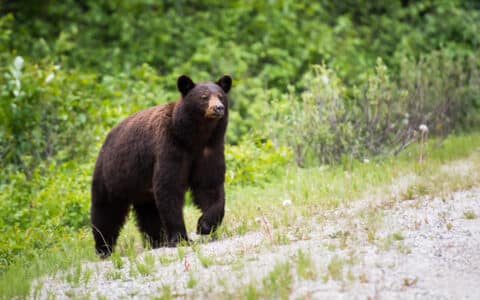
5 Best Places to See Black Bears
Bears FAQs
Bears communicate through several sounds, body language, and scent markings. Their grunts and roars convey different messages, such as warnings, mating calls, or communication between a mother and her cubs.
The notion of “dancing bears”, as shown by a BBC earth documentary, might appear comical to viewers, however this behavior is an important part of bear communication. Bears have scent glands in their skin, and by rubbing against trees, they leave behind their scent. Interestingly, these scents convey important information such as the bear’s reproductive status, size, and health. Bears also “dance” against trees to mark their territory. After hibernation bears also lose lots of their winter coat, scratching against trees also helps with this process.
Although there are many scientific reasons why bears rub against trees, I also believe that sometimes they have an itch to scratch!
Bears are primarily solitary; however, during mating season, when raising cubs or at abundant food sources, they might tolerate each other’s company. When food is abundant, they can form hierarchies.
Bears play a critical role in their environment. Polar bears for example, are apex predators and help maintain populations of other animals. Omnivorous bears also contribute to the health of the forest by dispersing seeds through their feces and facilitating in nutrient distribution.
The Latest On Bear Conservation
| Bear Species | IUCN Status | Major Threats | How We Can Help |
| Giant Panda | Vulnerable | Habitat loss due to agriculture and forest destruction | Protect habitats, and promote coexistence through education |
| Polar Bear | Vulnerable | Climate change reducing sea ice habitat | Reduce carbon footprint, support climate change mitigation efforts |
| Sun Bear | Vulnerable | Deforestation and habitat loss | Protect forests, support sustainable land use |
| Asiatic Black Bear | Vulnerable | Habitat loss, poaching for bile and body parts | Support anti-poaching efforts, habitat protection |
| American Black Bear | Least Concern | Habitat loss and human-bear conflicts | Educate communities, support coexistence initiatives |
| Brown Bear | Least Concern | Habitat fragmentation and human-bear conflicts | Protect habitats and promote coexistence through education |
| Sloth Bear | Vulnerable | Habitat loss, poaching for body parts, human-wildlife conflict | Support conservation projects, reduce human-wildlife conflict |
| Spectacled Bear | Vulnerable | Habitat fragmentation, agriculture, and poaching | Promote habitat connectivity, support conservation laws |
My Connection To Bears
Unfortunately, I have never seen a bear in person. However, I grew up with a few stuffed teddy bears, so bears were a part of my childhood. One day, I hope to see a wild bear in real life (from a safe distance).
Some current bear species are vulnerable to extinction. With impending climate change and continued habitat loss, some species might not be around when my children or grandchildren live in the wild. Continued conservation and climate change mitigation efforts are essential for these bear populations’ continued survival.
However, let’s continue appreciating these magnificent creatures while their populations thrive in the wild.
Learn about mammals:
Newest Category: Bears
- Watch an Adorable Baby Hippo Play with its Mother - June 29, 2025
- North America’s Natural Treasures: 10 Remarkable Animals - June 28, 2025
- The Street Dancing Lemurs of Madagascar - June 23, 2025
